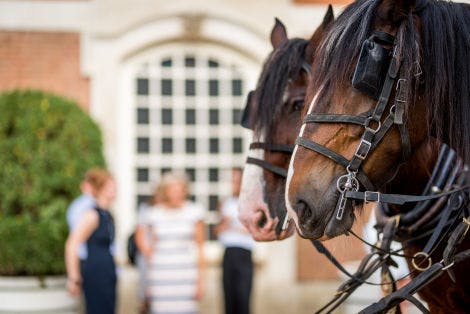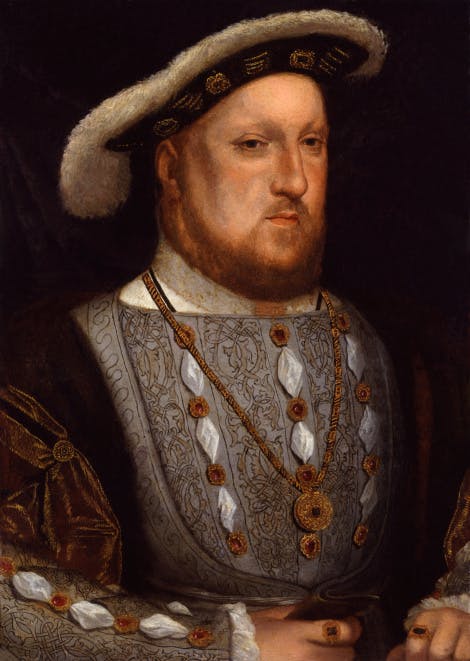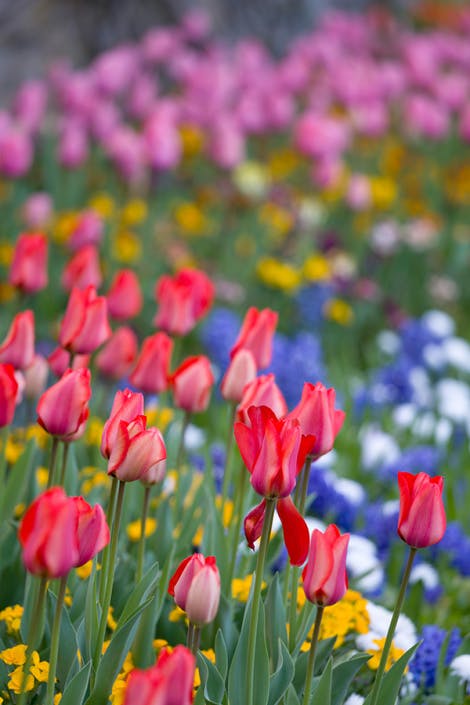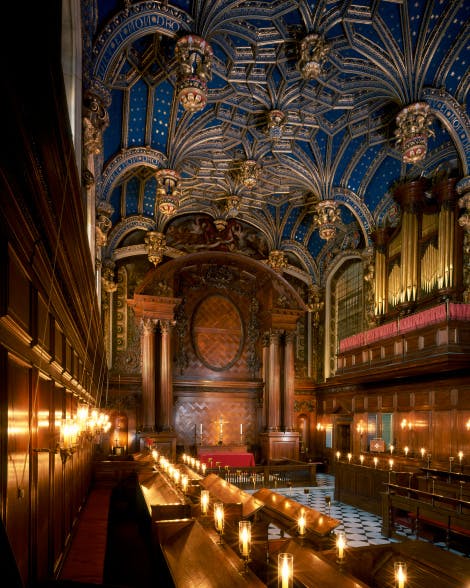
Enjoy a tram ride through 500 years of history
Skip the event ticket details and go to event summary.
When
Selected December dates
11:00 - 16:15Where
East Front gardens. See our opening times page for all gardens closures.
Ticketing information
Ticket price: £5.00 per ride and free for under 2's.
Tickets can be purchased from the carriage operator. Both card and cash payments are accepted.
Separate ticket
05, 06 and 07 December (reduced route), and 12, 13 and 14 December (reduced route).
Take a unique, relaxing carriage ride driven by our magnificent Shire Horses in the formal gardens at Hampton Court Palace.
Admire the beauty and splendour of the gardens on a ride which takes about 20 minutes to complete. Our trams are fully accessible and can accommodate wheelchairs.
Carriage rides take place in the East Front Gardens and depart just outside Fountain Court, towards the Privy Gardens.
Please note, shire horse rides are weather dependent and will not run in adverse weather conditions, including rain and snow.
Horses have long been important symbols of power and status. Henry VIII saw himself as a great warrior king and maintained several horse-breeding stables, including one at Hampton Court Palace.
Henry VIII wanted to increase the number of ‘Great Horses’ in England, and imported horses from the Low Countries, Italy, Spain, and Turkey to improve English bloodstock. The king passed Acts in 1530, 1535, and 1540 encouraging the breeding of bigger horses and forbidding the export of horses without a licence.
Tudor horses were not very large by modern standards. Those used for jousting were larger than those used for warfare but were still rarely more than 14 or 15 hands (approximately 142-152cm). This is considerably smaller than the 16 to 17 hands (approximately 162-172cm) of the Shire Horse.

Shire Horse in the reign of Queen Victoria
Shire Horses and other large draft breeds were an essential part of agriculture and industry in Britain for hundreds of years. In 19th century London around 19,000 horses were used by carrier firms alone.
In 1838 Queen Victoria opened Hampton Court Palace to the public. From 1840 visitors could travel by horse-drawn omnibus from nearby Hampton. The railway did not arrive at Hampton Court until 1849.
Queen Victoria maintained the Royal Mews on the green at Hampton Court, first built by Henry VIII in the 1530s. The Queen’s personal veterinarian surgeon, William Joseph Goodwin, lived in a large apartment at the Mews. In 1861 he was granted permission to install a special Turkish bath at Hampton Court…just for the horses.
Shire horses at Hampton Court Palace today
The advent of the combustion engine put the Shire Horse breed at risk. By the 1960s only a few thousand survived. The Shire Horses at Hampton Court are part of the last herd of working Shire Horses in London.
The horses live in Home Park, where they also help maintain the wildflower meadows.
Explore what's on

- Things to see
Hampton Court Gardens
Take time to explore and relax in these world-renowned gardens and find our free entry Garden Open Days dates.
- Open
- In line with palace opening hours
- Hampton Court Palace
- Included in palace admission (Members go free)

- Things to see
Privy Garden
Explore the Privy Garden, now restored to its former glory and complete with its intricate Tijou Screen.
-
Open
- In line with palace opening hours
- Hampton Court Palace
- Included in palace admission (Members go free)

- Things to see
Half Price Tickets
Don't miss the new year sale on tickets to Henry VIII's epic home. Only available for online tickets.
-
07 January - 06 February 2026
- Hampton Court Palace
- Included in palace admission (Members go free)
Browse more history and stories

Henry VIII, Terrible Tudor?
Who was the real Henry VIII?

The gardens at Hampton Court Palace
A brief history of the famous royal gardens

The story of Hampton Court Palace
Home of Henry VIII and the Tudor dynasty
